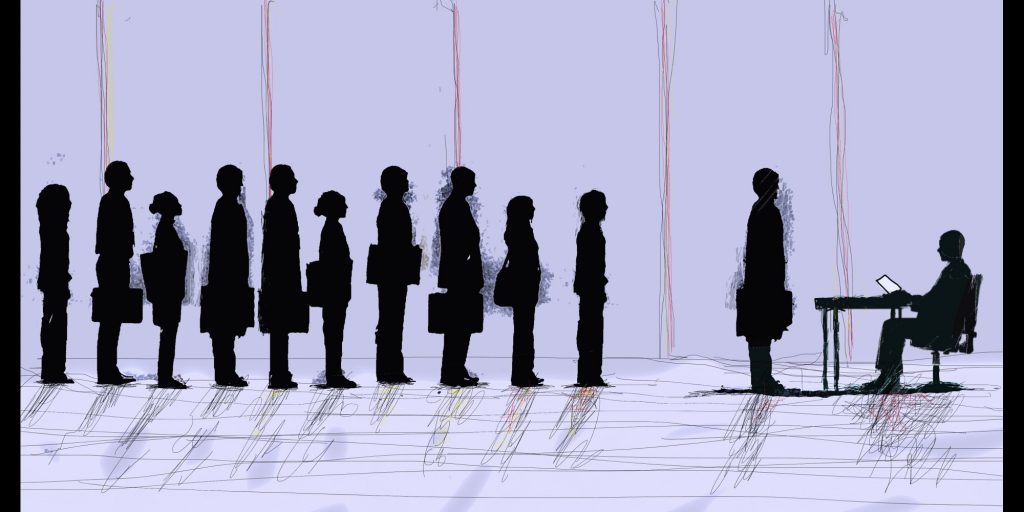
Pradeep Kumar Panda
Unemployment is one of the biggest challenges the present National Democratic Alliance (NDA) government is facing. Reports suggest there is a backlog of 0.24 million job vacancies in the public sector. With the public sector being the biggest contributor to formal employment in the country, this backlog speaks volumes about the nature of jobs the government claims to have created. Over the past decade, an organised sector-driven informalisation of employment has worried development practitioners in India; the surfeit of vacancies in the government indicates policy impulse supportive of such ‘informalisation’ of labour.
The government appears to be in denial of this informalisation as being policy-induced. By supplanting employment-unemployment estimates traditionally used by National Sample Survey Office with the Employees Provident Fund Organisation’s database of inconsistent quality, the government is trying to sweep some disconcerting evidences under the carpet.
While low levels of education and skill are used to explain informalisation in the unorganised sector, the same in the organised sector is perplexing. It is more so when such informalisation occurs in specialised fields such as academia.
By supplanting employment-unemployment estimates traditionally used by NSSO with the EPFO’s database of inconsistent quality, the government is trying to sweep some disconcerting evidences under the carpet
Evidence from developing countries in Latin America and the Caribbean shows that highly skilled workers can voluntarily choose informal employment where there is a premium for education. Whether this can be the case in India, is doubtful. A study of attitude, anxieties and aspirations of Indian youth conducted by the Centre for the Study of Developing Societies in 2017, revealed that permanency rather than earnings is an important determinant of job choice in India. More than three-fifths of youths reported a preference for government jobs, and this share barely changed over the last decade.
Driven by the traditional perception that the government is the most secure employer in the country, the pressure of aspiration that the public sector handles has been perpetually high. Consider the recent case where 1.24 million candidates appeared for 90,000 vacancies in the Indian Railways. But this does not seem to conform to the economic principles governing returns to education. One cannot dismiss that a potential factor fuelling this ratcheting aspiration is the vicious cycle of misallocation of personnel and rent-seeking, which has characterised public sector employment in India, historically. At the same time, it also makes the cost of entering the government job market prohibitive. Jobseekers, unable to crack through such a system, are more likely to fall back on informal arrangements. Calling such moves “voluntary” is erroneous. Simultaneously, people-pleasing policies, such as pay hikes through successive pay commissions, have made recruitment an expensive affair for the government itself, particularly for state governments, who find it difficult to match up to the central government pay-packages with their limited resources. Permanent posts lie vacant. Replacing these with increasing number of contractual or casual recruitment can help governments save their “welfarist” image.
Informalisation of employment is a natural corollary of neo-liberalism. And India is no exception to this. Employment policies driving informalisation cannot be attributed to any particular government. It fits the bill of the neo-liberal states, in general. On one side, it favours the private sector-led growth strategy. From the perspective of businesses, informal employment (casualisation per se) can keep costs down, a factor that is perhaps more important than incremental productivity, in staying competitive. At the same time, it gels well with the principle of fiscal austerity of neo-liberals. What is more worrying, in this context, is when governments turn a blind eye to these structural changes to evade liabilities. Institutions that do not acknowledge and account for these transitions will fail to mitigate the onslaught of social polarisation that is inevitable with neo-liberalism.
The government needs to address these unemployment challenges by creating opportunities in the agriculture, industry and service sectors.
The writer is an economist.

